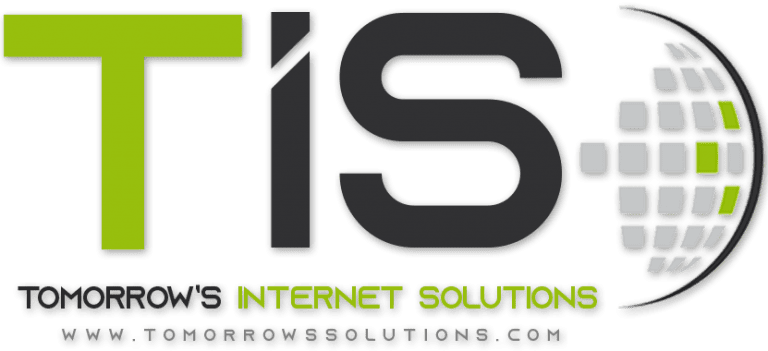In today’s interconnected world, every part of your business relies on software, whether it’s hosted locally or in the cloud.
Securing the entire lifecycle of your software supply chain—starting from the tools developers use to the delivery of updates—is crucial. A breach or weakness in any step of this chain can have disastrous effects on your operations.
Take, for example, the global IT outage that happened last July. This incident grounded airlines, halted banking operations, and impacted countless other businesses. The cause? A problematic update from a software supplier, CrowdStrike, which had become a key part of many software supply chains.
To avoid falling victim to similar disruptions, it’s vital to understand the importance of securing your software supply chain. Let’s explore why this proactive approach is necessary for your business.
1. Increasing Complexity and Interdependence
Many Components
Modern software is built on various interconnected components, such as open-source libraries, third-party APIs, and cloud services. Each of these elements can present potential vulnerabilities, which can compromise the overall system. Securing every aspect of the software stack is crucial to preserving its integrity and preventing risks.
Interconnected Systems
In today’s interconnected digital landscape, a single vulnerability within the supply chain can have far-reaching effects. For instance, if a library is compromised, it can jeopardize every application that relies on it. This interdependence highlights how one weak link in the chain can lead to widespread disruptions across multiple systems.
Continuous Integration and Deployment
Continuous integration and deployment (CI/CD) practices are widespread in modern software development. While they enable faster updates and integration, they also heighten the risk of introducing vulnerabilities. Ensuring the security of the CI/CD pipeline is essential to prevent malicious code from slipping into your software during development.
2. Rise of Cyber Threats
Targeted Attacks
Cybercriminals are increasingly focusing on the software supply chain as a point of entry. By compromising trusted software, they can gain access to larger networks. This strategy is often more successful than attempting direct attacks on heavily secured systems.
Sophisticated Techniques
Cyber attackers employ advanced tactics to exploit vulnerabilities in the software supply chain, such as zero-day exploits, malware, and social engineering. These sophisticated methods make detection and response challenging, highlighting the need for a strong security strategy to protect against these evolving threats.
Financial and Reputational Damage
A successful breach can lead to severe financial and reputational consequences, including hefty fines, legal fees, and a damaged customer trust. Recovery from such incidents can be both time-consuming and costly. By proactively securing the software supply chain, businesses can prevent these high-stakes repercussions.
3. Regulatory Requirements
Compliance Standards
Different industries are governed by strict compliance standards for software security, such as GDPR, HIPAA, and the Cybersecurity Maturity Model Certification (CMMC). Failing to meet these requirements can lead to significant penalties. Strengthening your software supply chain security is crucial for ensuring compliance with these regulations.
Vendor Risk Management
Regulations frequently mandate strong vendor risk management practices. Businesses must ensure their suppliers follow security best practices, including evaluating and monitoring their security protocols. A secure supply chain requires confirming that all partners meet the necessary compliance standards to mitigate risks.
Data Protection
Regulations place a strong focus on data protection and privacy. Securing the software supply chain plays a critical role in safeguarding sensitive information from unauthorized access. This is especially crucial in industries like finance and healthcare, where data breaches can lead to severe legal, financial, and reputational repercussions.
4. Ensuring Business Continuity
Preventing Disruptions
A secure supply chain is key to maintaining smooth business operations. Cyber-attacks can cause significant downtime, disrupting productivity and harming revenue streams. By ensuring the integrity of the supply chain, you reduce the likelihood of such disruptions and keep your operations running efficiently.
Maintaining Trust
Customers and partners rely on secure and dependable software. A security breach can undermine trust and harm business relationships. By safeguarding the supply chain, companies can preserve stakeholder confidence and ensure long-term partnerships.
Steps to Secure Your Software Supply Chain
Put in Place Strong Authentication
Implement robust authentication methods across the entire supply chain, such as multi-factor authentication (MFA) and strict access controls. Ensure that only authorized individuals can access sensitive systems and data, minimizing the risk of unauthorized breaches.
Do Phased Update Rollouts
Ensure all software components are regularly updated, but take a cautious approach. Start by applying patches and updates to a limited number of systems first. If no issues arise, gradually expand the updates across the entire system to reduce the risk of widespread disruptions.
Conduct Security Audits
Conduct frequent security audits of your supply chain to assess the security protocols of all vendors and partners. Identify potential vulnerabilities and address any gaps in security practices. Regular audits ensure continuous compliance with security standards and strengthen your overall security posture.
Use Secure Development Practices
Implement secure development practices to minimize vulnerabilities, such as code reviews, static analysis, and penetration testing. Make sure security is embedded throughout the development lifecycle, from planning to deployment, to proactively identify and address potential risks.
Monitor for Threats
Set up continuous monitoring for threats and anomalies using tools like intrusion detection systems (IDS) and security information and event management (SIEM) systems. This allows you to detect and respond to potential threats in real time, enhancing your ability to act swiftly and minimize damage.
Educate and Train Staff
Provide training and awareness programs for all staff, including developers, IT personnel, and management, on supply chain security. Educating your team about best practices, potential threats, and their role in protecting the supply chain helps create a culture of security throughout the organization.
Get Help Managing IT Vendors in Your Supply Chain
Protecting your software supply chain is essential in today’s digital landscape. A breach can lead to significant financial losses and operational disruptions. Prioritizing security ensures your business stays resilient and trustworthy.
If you need assistance with managing technology vendors or securing your digital supply chain, don’t hesitate to contact us. Let’s discuss how we can help safeguard your business.
